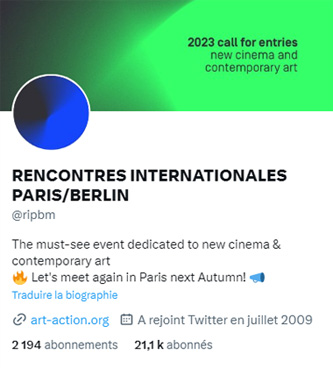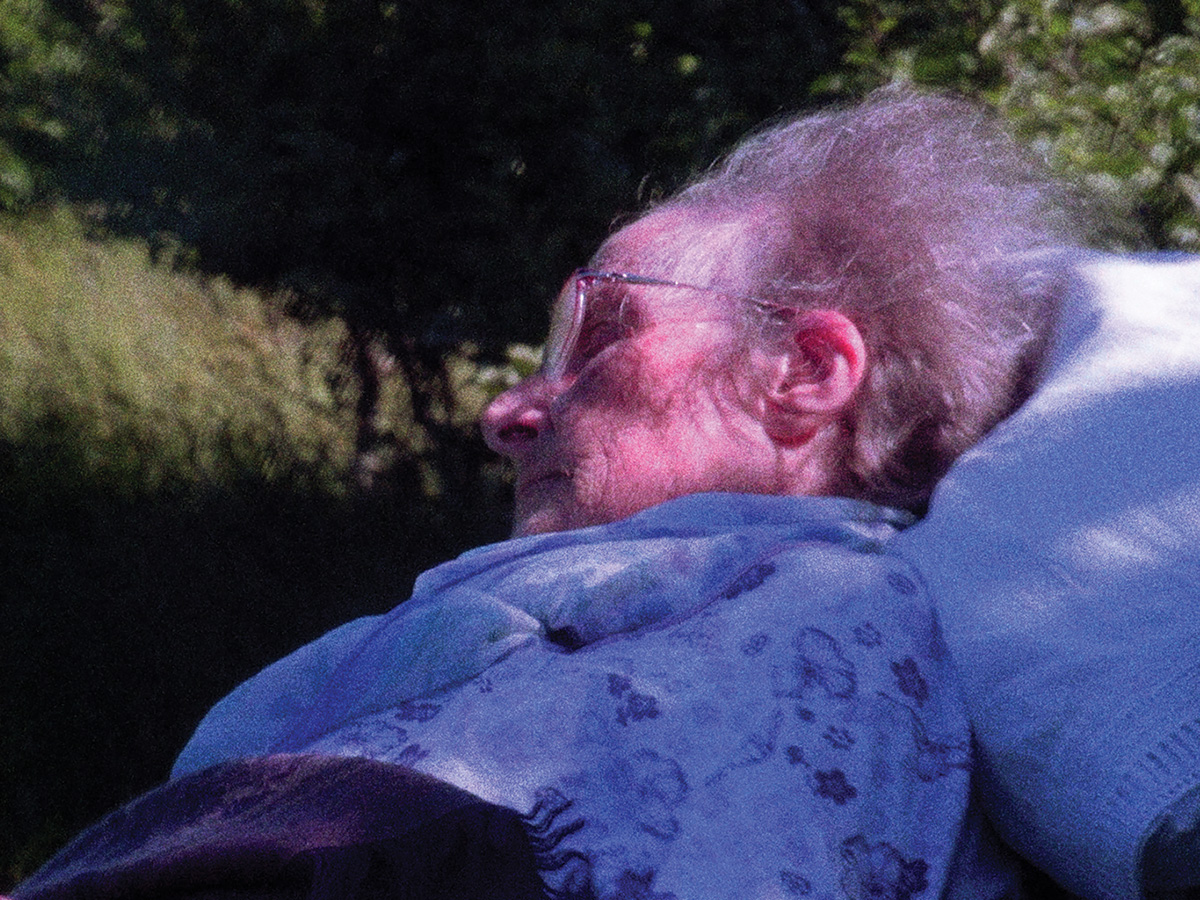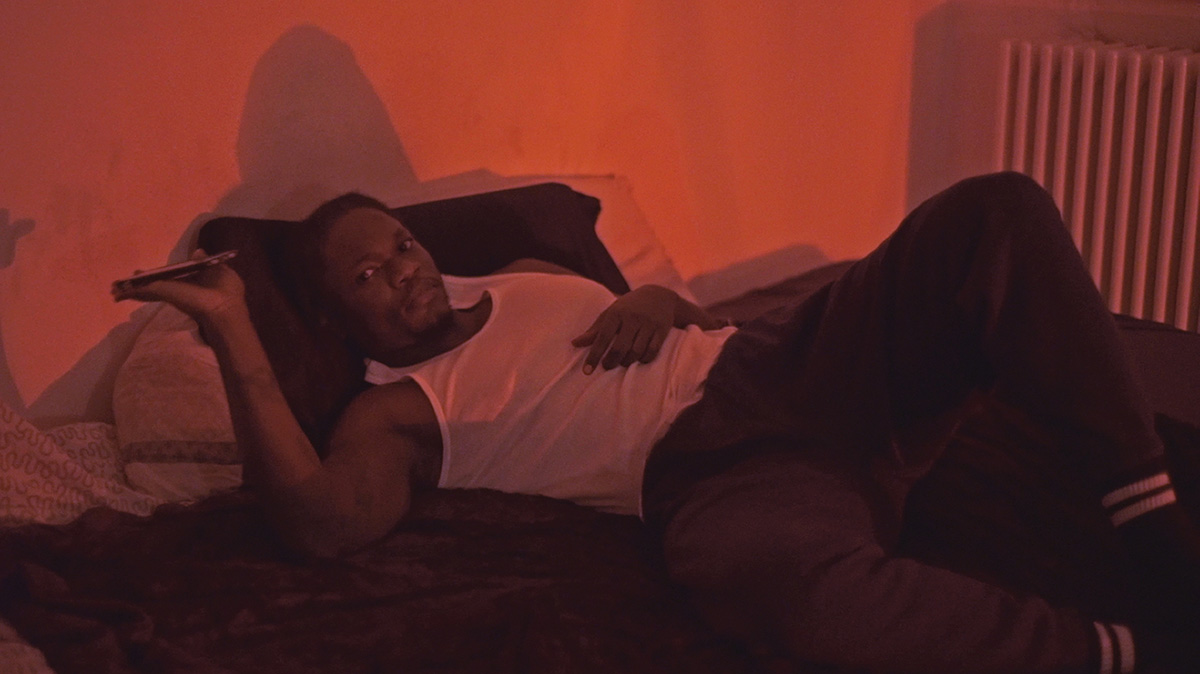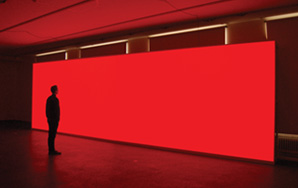
Call for entries 2024-2025
The call for entries for the Rencontres Internationales 2024-2025 is open until 25 April 2024. Any individual or organization can submit one or several film, video or multimedia works.
read moreL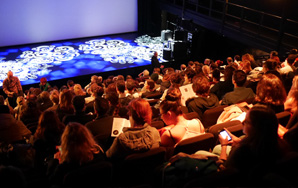
Moving Image Art Prize 2023
In 2023, an international jury awarded the Moving Image Art Prize with a grant to one of the works in the programme, a singular work in the field of moving images.
read more L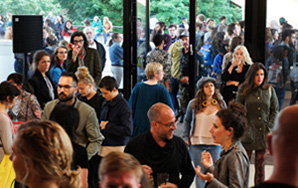
Follow us
Choose your community, follow us on social media for checking out the news, photos, videos, interviews and more. Facebook, Instagram, Twitter, Linkedin, Tumblr...
read more L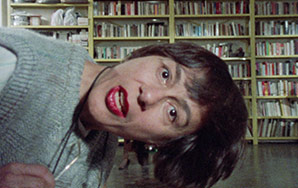
#archive - Yvonne Rainer retrospective
A complete retrospective of full-length films of Yvonne Rainer, key figure in the avant-garde from the 1960s to the 2000s.
read more L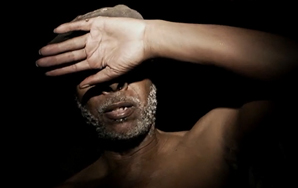
#archive - Carte Blanche to Pedro Costa
An exceptional carte blanche to Pedro Costa, whose ascetic and radical works are deeply marking the contemporary cinematographic landscape.
read more L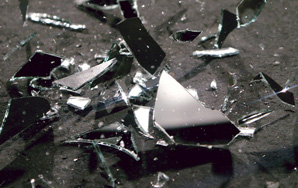
Catalogue 2024
Browse the catalogue of works programmed as part of the Rencontres Internationales Paris/Berlin 2023-2024 and previous editions.
read more LLatest posts
To display Facebook widget properly, please change the privacy setting of your web browser, or disable your adblocker for our web site.
Read more posts and like us
click hereL


